We don’t know how it’s all going to end. We can’t even get a straight picture of how it all began, of how we actually got here. What we do know is the world is at a hugely precarious moment in its history, and there seems to be no intelligent voice speaking for a good and wholesome, human way forward.
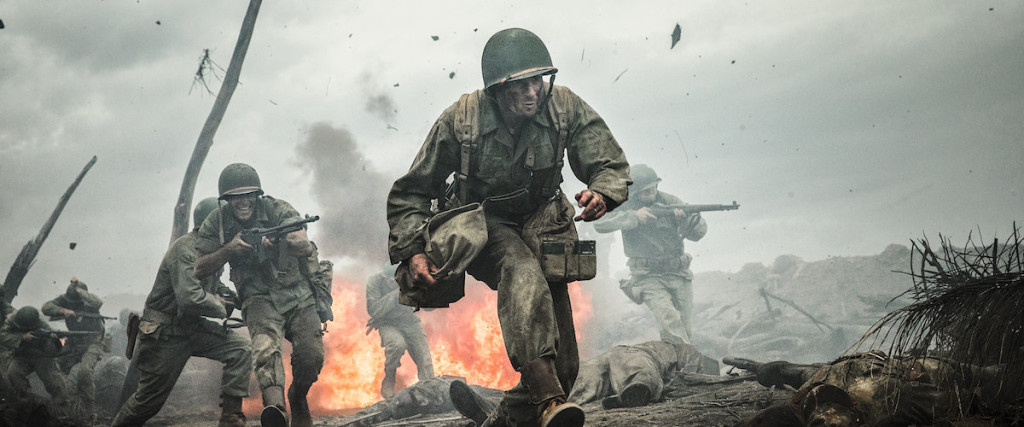
At a point like this the gospel stands out more brilliantly than ever. “You are the salt of the earth. You are a city on a hill. Let your light shine!”
The salt and light for our present day is the declaration of God’s unconditional nonviolence. It might seem irrelevant, a random snippet of theology for those who think about these things, but really it’s immense. At the end of the gospel Jesus tells the disciples to “go therefore and teach all nations.” The teaching of divine nonviolence seems to have got lost somewhere along the way—the bit about “love your enemy,” and then you will be just like your Father in heaven. In the first three hundred years of Christianity there was no possible question of any other way. The teaching of nonviolence sustained itself against the Roman Empire simply with prayer, faith and forgiveness.
For some time I have written blogs here trying to explain the teaching in perhaps something of an abstract or intellectual way. But the Bethany Center in Syracuse has become over the years a real focus of life and meaning for a small network of local people and several others online. The teaching is real and life-changing in the hearts of this connected group. It is important to look to the community focus at least as much as to abstract reflection.
Others might say that a small group like this has little or no impact in comparison to the planetary-scale forces at work. But what is strking is how Jesus used the images of very little things having a disproportionate transforming effect on a much larger scale—things like seeds, yeast, salt. The same thing can be said of herbs and spices and their ability to change the flavor and taste of a whole dish. A small community is like a spice changing the color and texture of everything around it.

I hope from now on to be able to include a little bit of Bethany spice in the blogs on this page.
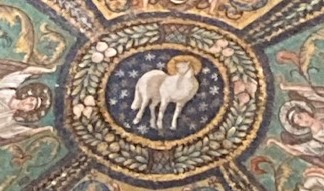
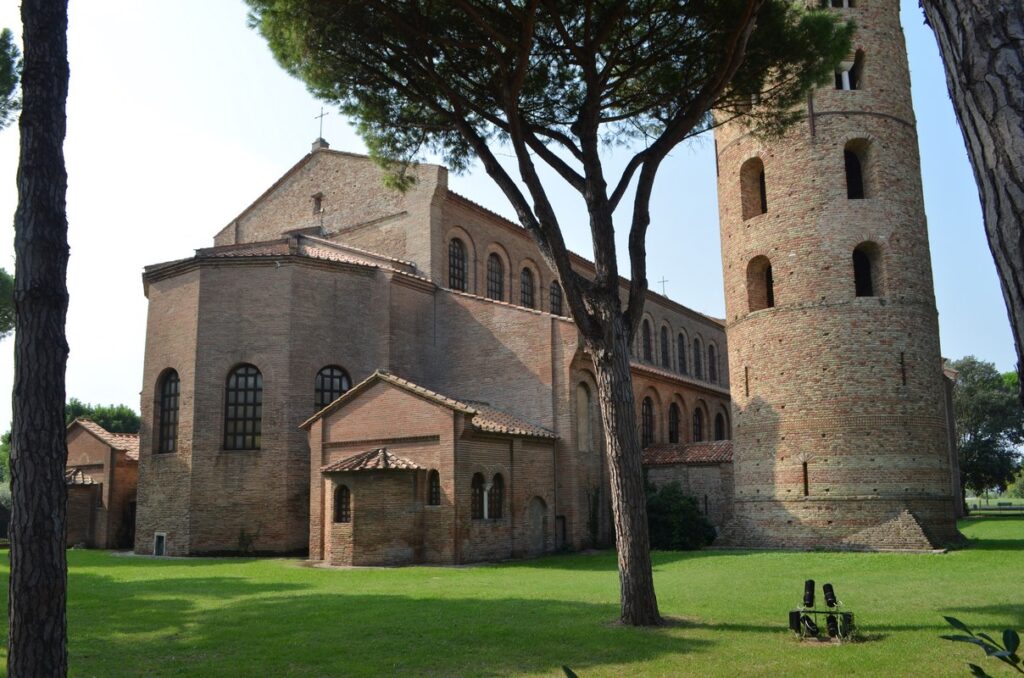

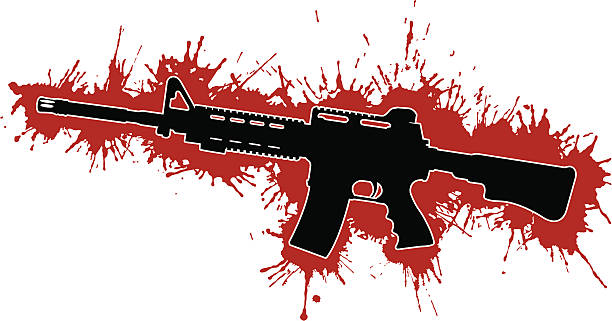

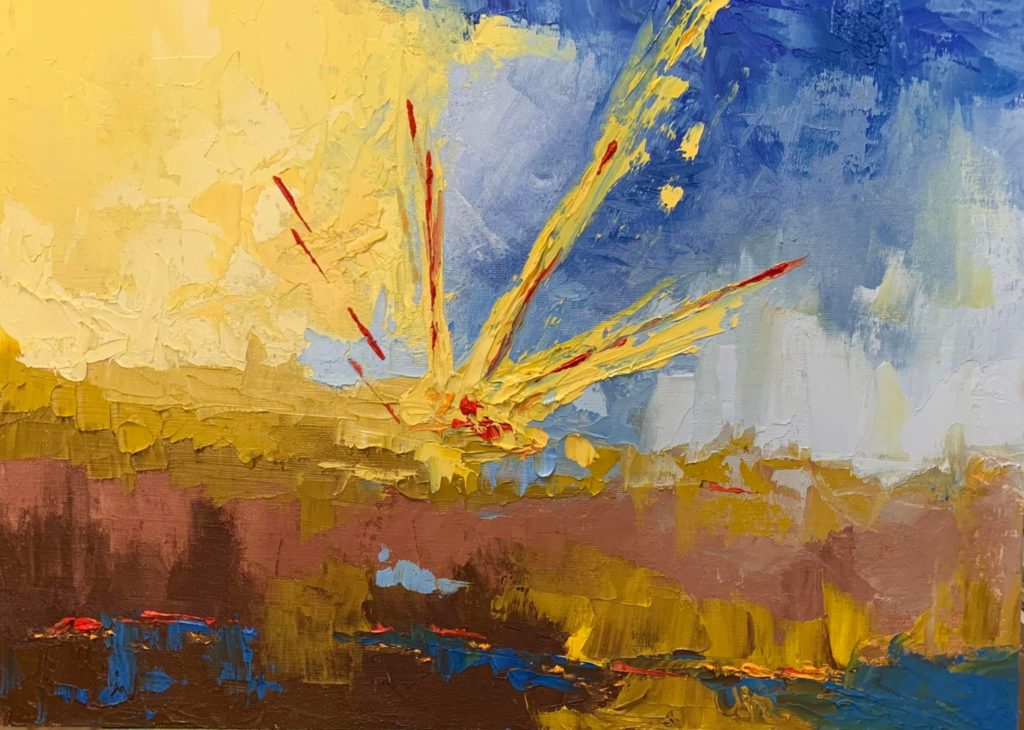
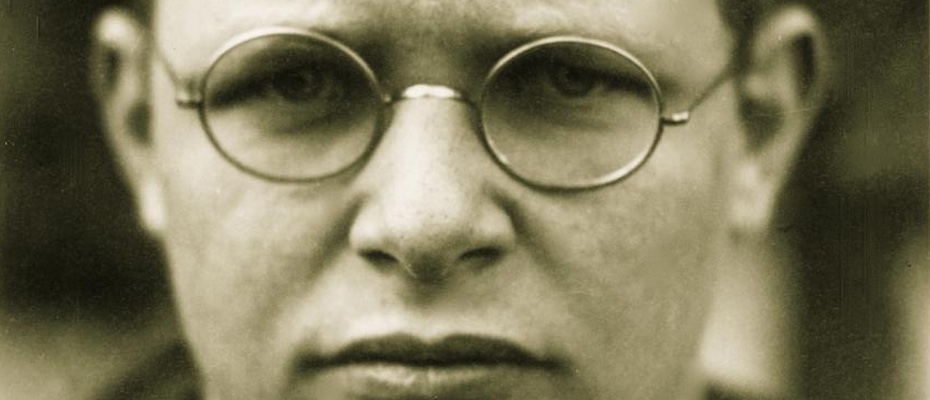

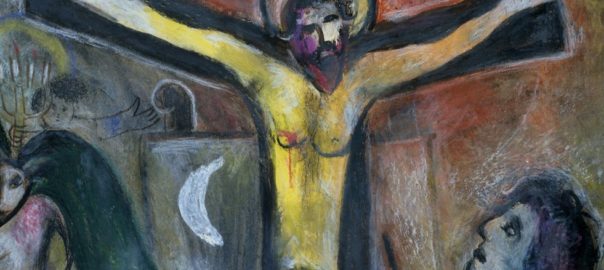
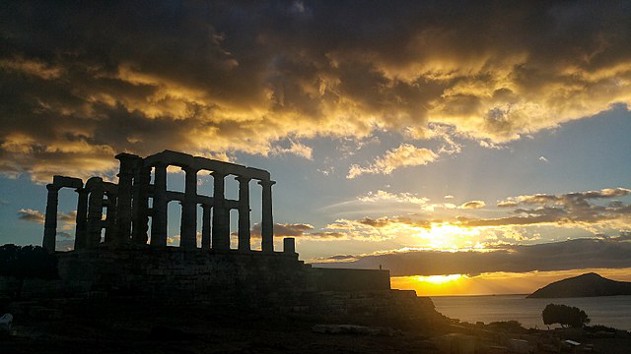

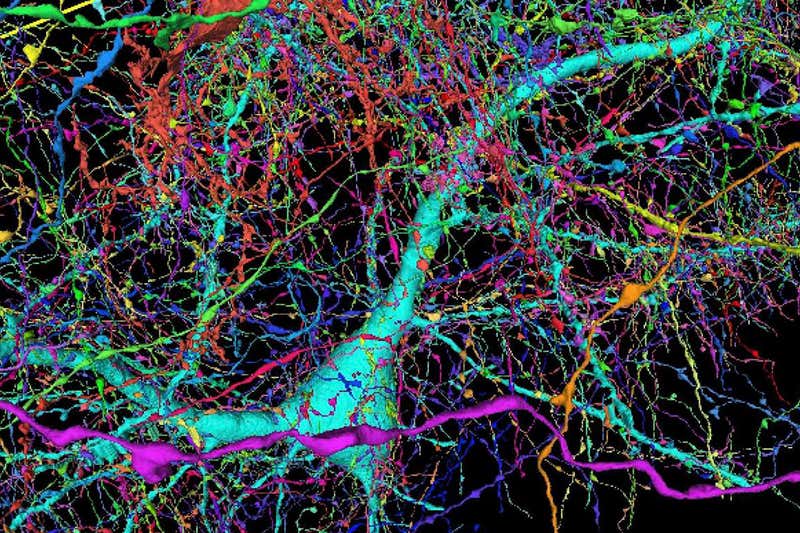

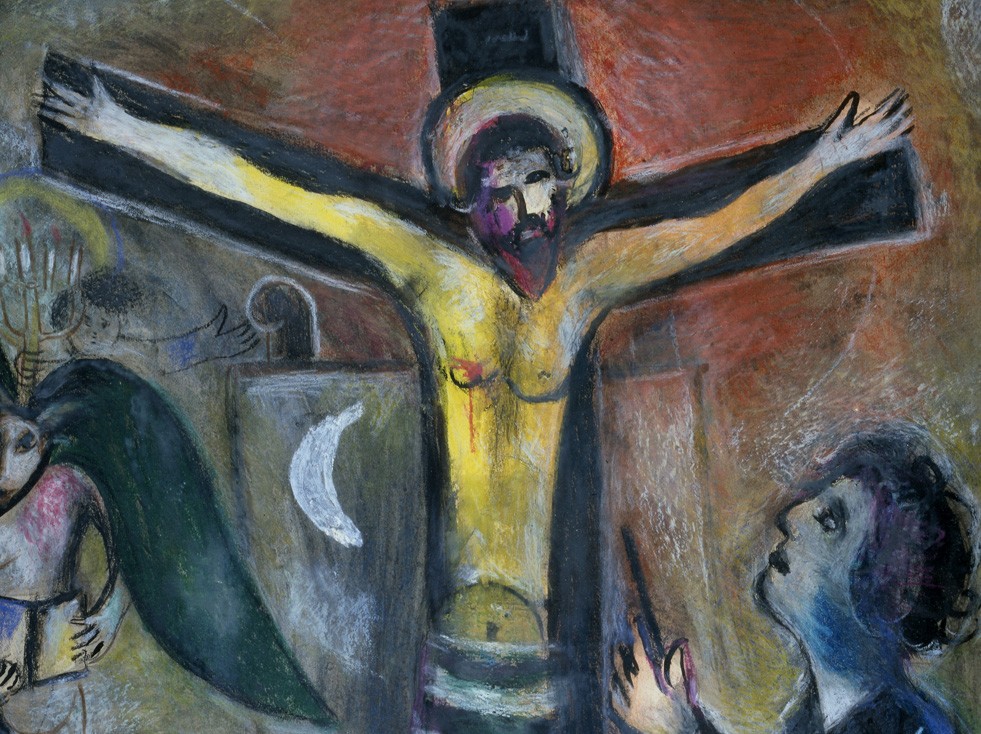
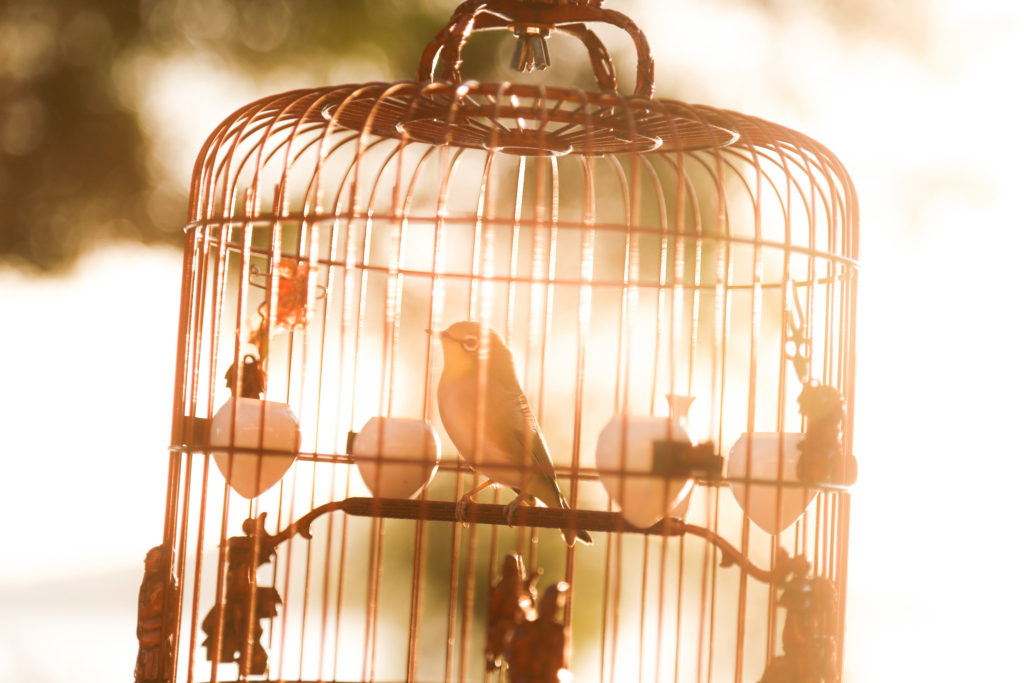
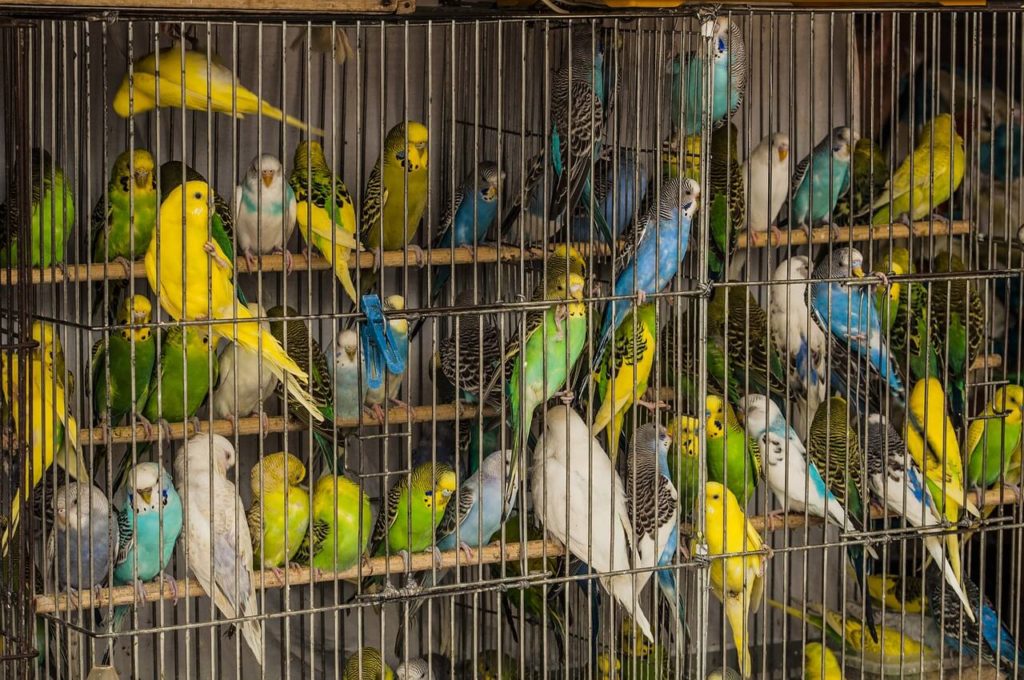

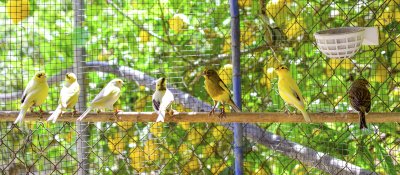
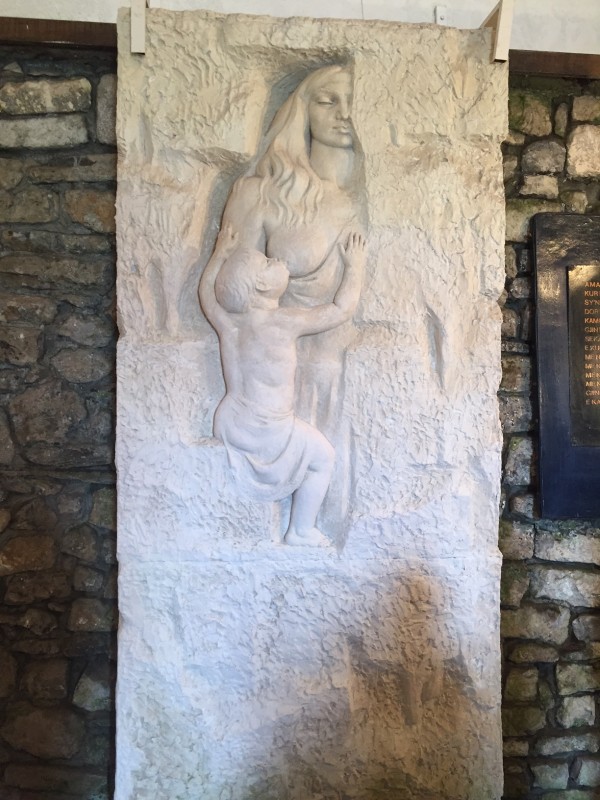

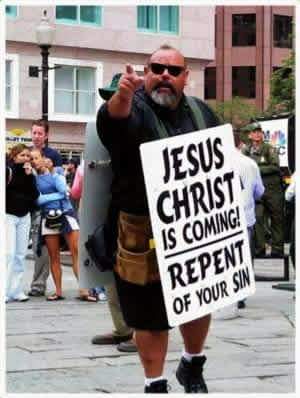

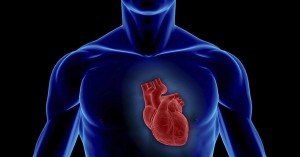


 You have a lion of desire where you thought there was a sweet little puppy, and, more to the point, the lion’s no longer locked up in its cage.
You have a lion of desire where you thought there was a sweet little puppy, and, more to the point, the lion’s no longer locked up in its cage.